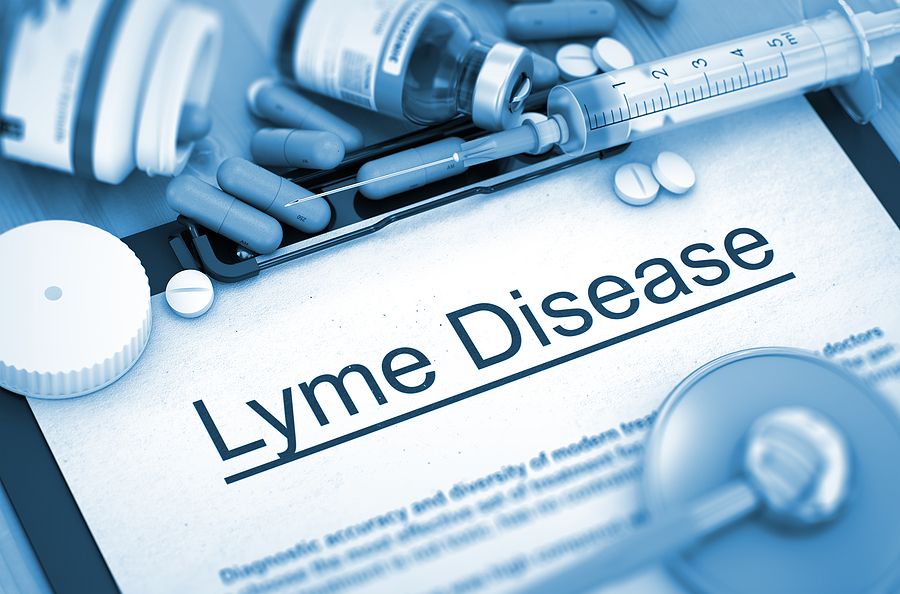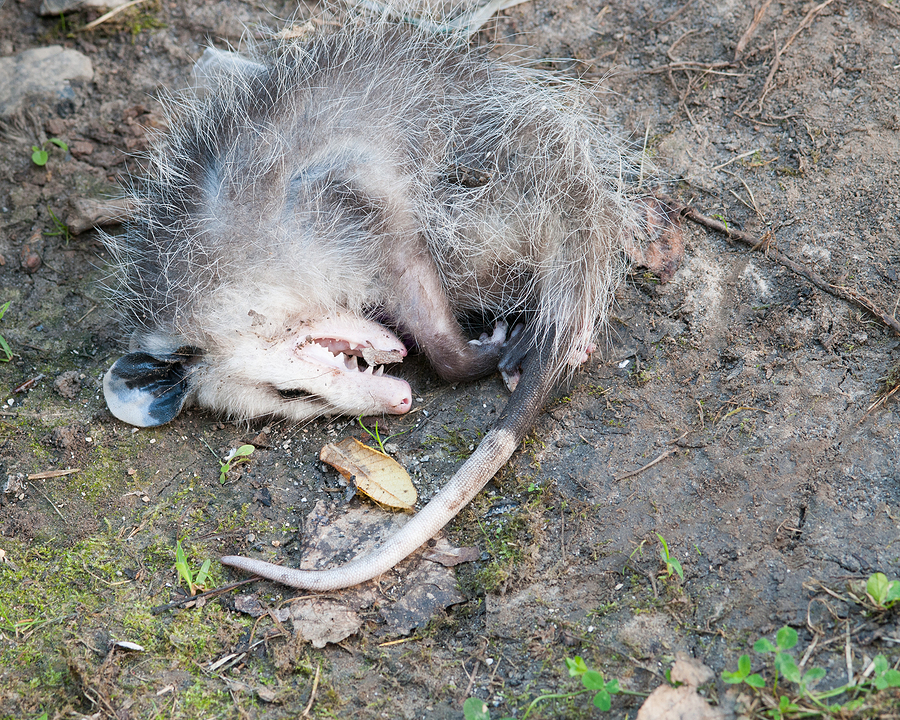The sound of playful chatter and rustling above might seem charming at first, but when squirrels decide to call your attic “home,” it’s time to take action. Understanding the potential havoc these furry intruders can wreak is crucial for any homeowner. In this blog post, we’ll explore everything you need to know about managing squirrels in your home, from identifying an infestation to choosing professional squirrel removal services.

The Most Common Signs of a Squirrel Infestation
Squirrels are cunning creatures known for their ability to navigate intricate environments. They can slip through even the tiniest of cracks, and they often settle in attics where they find warmth, safety, and a cozy space to raise their young. But how do you know if you’ve got a squirrel problem?
One of the first indicators is noise. If you hear scurrying or scratching sounds during the day, especially in the early morning or evening, squirrels might be the culprits. Their activity tends to peak at these times when they are most active.
Additionally, you might notice droppings that resemble small pellets or nesting materials like leaves, twigs, and shredded insulation scattered around your attic. Chewed wires or wooden beams are also telltale signs that these little critters have moved in. They have a tendency to gnaw on various materials to keep their teeth sharp and manageable, which can pose a fire hazard.
Finally, if you spot squirrels frequently entering or exiting your home, this is a clear indication that they have taken up residence inside.
Potential Health Risks and Damages Associated With Squirrels
Ignoring a squirrel infestation can lead to severe damage. These animals are notorious for chewing through electrical wiring, posing a fire hazard. They can also damage insulation, compromising your home’s energy efficiency. Plus, their droppings can create unsanitary conditions, impacting the air quality inside your home.
Although rare, squirrels can carry diseases that could potentially be transmitted to humans, such as leptospirosis or salmonella. Their droppings and urine can also contribute to respiratory issues, especially if left to accumulate over time. Addressing a squirrel infestation promptly is essential to maintaining a healthy living environment.
DIY vs. Professional Squirrel Removal and Control Service
When faced with a squirrel invasion, many homeowners debate between handling the problem themselves or calling in the experts. Both approaches have their pros and cons, which will vary depending on the severity of the situation. Overall, professional services are recommended for best results, but you can implement some safe squirrel control methods to help keep them away.
DIY Squirrel Control
DIY methods can be tempting due to their cost-effectiveness, but they come with a lot of risk. Options include setting live traps, using squirrel repellents, or installing squirrel baffles for bird feeder protection. However, these methods often require time, patience, and a good understanding of squirrel behavior. In many states and jurisdictions, special permits and licenses are required to handle and trap wildlife. Moreover, these immediate DIY fixes may not address the root of the problem.
One major drawback of DIY approaches is the lack of expertise. Without proper training, it’s easy to misidentify the point of entry or fail to capture all the squirrels, leaving your home vulnerable to subsequent infestations. Additionally, trapping and handling wildlife can be risky without the right knowledge, potentially leading to injury or legal issues.
Professional Assistance
Hiring a professional squirrel removal service eliminates these concerns. Experts not only have the knowledge but also the right tools to efficiently deal with squirrel infestations. They can perform a thorough inspection, identify entry points, and safely remove the squirrels using humane methods, ensuring your home is squirrel-free.
The Benefits of Using Professional Squirrel Removal Services
Choosing professional help for squirrel removal and control comes with numerous benefits that go beyond simply removing the animals from your home. Here are just a few worth mentioning:
Expertise and Experience
Professional wildlife removal companies bring a wealth of expertise and experience to the table. They understand squirrel behavior and know the most effective exclusion techniques to prevent future infestations. This expertise is invaluable in ensuring that the problem is addressed comprehensively and permanently.
Specialized Tools and Methods
Professionals use specialized tools and methods tailored to squirrel exclusion. From advanced traps to deterrents that keep squirrels at bay, these tools are not readily available to the average homeowner. Professionals also adhere to ethical and legal standards, ensuring the humane treatment of captured animals.
Peace of Mind
Perhaps the most significant advantage is peace of mind. Knowing that trained professionals are handling your squirrel problem allows you to focus on other aspects of homeownership. You can trust that the issue will be resolved safely, efficiently, and with minimal disruption to your daily life.
How to Choose the Right Wildlife Removal Service
Selecting the right squirrel removal service is crucial to ensure the problem is effectively managed. Here are some factors to consider:
Reputation and Reviews
Start by researching companies in your area and reading customer reviews. A company with a strong reputation in squirrel removal is more likely to deliver satisfactory results. Word-of-mouth recommendations can also be valuable when making your decision.
Experience and Qualifications
Experience matters when it comes to wildlife removal. Choose a company with a track record of successfully handling squirrel infestations. Verify their qualifications and ensure they are licensed and insured to provide these services in your area.
Cost and Services Offered
Request quotes from multiple companies and compare their pricing structures. While cost is an important factor, it shouldn’t be the sole consideration. Evaluate the range of services offered, including follow-up visits and any guarantees provided, to ensure you’re getting the best value for your investment.
Customer Service and Communication
A professional squirrel removal service should provide excellent customer service and maintain open communication throughout the process. They should be willing to answer your questions, explain their methods, and keep you informed about the progress of the removal.
In Summary
In conclusion, dealing with squirrels in your attic can be a daunting task, but it doesn’t have to be. By recognizing the signs of an infestation early and seeking professional help, you can protect your home from damage and maintain a healthy living environment.
Professional squirrel removal services offer expertise, specialized tools, and peace of mind, making them an invaluable resource for homeowners facing squirrel problems. Take action today to resolve your squirrel issue and restore tranquility to your home.
For those looking to safeguard their homes against these persistent intruders, consider reaching out to a reputable squirrel removal service. Addressing the problem promptly ensures your home remains safe, secure, and free from the nuisances associated with squirrels.
Act now to address your squirrel problem and bring peace back to your home. Contact Modern Wildlife Control at 317-847-6409 for licensed and insured animal trapping and removal for squirrels in Indianapolis, Indiana. We serve residential and commercial clients.
Related Posts:
Identifying the Signs of a Squirrel Infestation in Your Home
Frequently Asked Questions About Squirrel Control
Will the Color Red Scare Squirrels Away?









